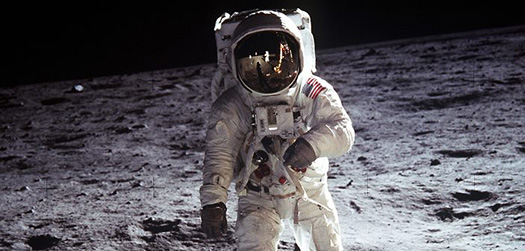I have worked with many valuable materials in my career. Precious metals like gold and platinum, rare engineered nanomaterials, and fragile gemstones nearly as old as the Earth itself. But the unassuming jars of fine gray-brown powder I found myself holding last year left them all in the dust, so to speak.
|
ADVERTISEMENT |
I think I probably kicked up some dust, too, when my colleague Ed Garboczi called to ask if I wanted to help him make some measurements of particles that the Apollo 11 and 14 astronauts had collected during their lunar landings.
After all, when you get a call like that, you don’t walk, you run.
Ed, a NIST Fellow and researcher in the Material Measurement Laboratory, and Jay Goguen of the Jet Propulsion Laboratory (JPL) at NASA, had brought priceless moon dust, or lunar regolith as we vicarious astronauts call it, to NIST in order to measure the particles’ 3D shape and size distribution.
When I was finally over being moonstruck, we got down to work formulating a research plan to make the measurements that NASA needed.
…

Add new comment